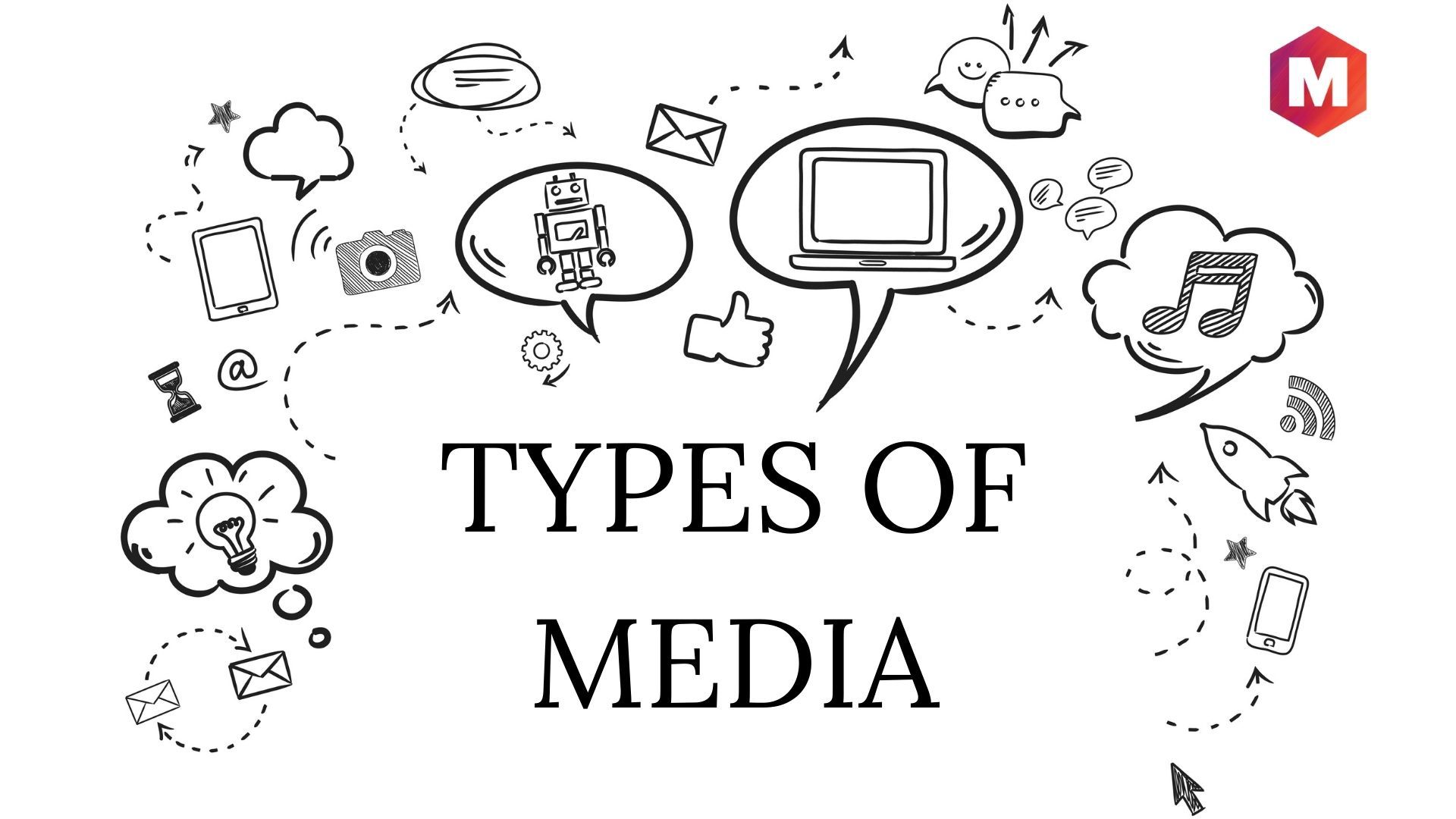
Social Media Advertising: How to Run a Compelling Campaign | Sprout Social
Social media advertising: how to run a compelling campaign
Written byby Brent Barnhart
Published on October 1, 2020
Research shows that one of the top goals for marketers is increasing brand awareness, which is why more and more brands are achieving this with a paid social presence.
That’s because social media has become the go-to place for consumers to research and purchase products.
Meanwhile, the controls and creative options available to businesses today mean that your campaigns are likelier to net you a higher return on your investment.
There are tons of variables that go into any given social media ad campaign, though. The process is often overwhelming for beginners.
That’s why we put together this primer on how social media advertising works, breaking down step-by-step what you need for a winning campaign.
Why run paid social media ads, anyway?
Hey, totally fair question.
After all, arguably the biggest benefit of organic social media is that it’s, well, free.
However, there are some key reasons why paid social ads have grown so much in popularity in recent years.
For many brands, organic reach is declining
Listen: we’re not saying that organic reach is “dead.”
However, we admit that social media algorithms can be fickle. Many third-party studies confirm that organic reach is (largely) on the decline.
There are no guarantees in terms of who sees your unpaid posts: while some of your content might score a ton of engagement, other posts might feel like they’re totally hidden.
In contrast, social ads essentially ensure that you’re getting impressions. If you want more eyeballs on your business’ content without worrying about algorithms or restricted reach, ads can do the trick.
Social ads let you hone in on specific audiences
Arguably one of the biggest benefits of social ads is that they aren’t “spray and pray.”
For example, Facebook’s ad platform allows you to get super granular in terms of who your ads get served to.
Want to only present ads to college-educated millennial women in Chicago who are interested in beauty influencers and follow Ulta’s Facebook page? Go for it.
This a stark contrast to display ads or even email where ads are traditionally more one-size-fits-all.
Ads make it easier to scale your organic presence
Growing your social presence organically can be a painstaking, long-term process.
The good news is that ads can speed that process up.
Rather than look at paid and organic as a matter of “either-or,” consider how social media advertising can supplement your unpaid efforts. If you’re already creating content and nurturing a community without ads, a well-targeted campaign can serve as a shot in the arm to help you grow faster.
How does advertising on social media work?
Social ads require thorough planning. Even the seemingly smallest details can impact your campaign’s performance and reach.
Beyond putting together the ads themselves, it’s crucial to understand how ad targeting and bidding work.
For example, Facebook’s (and Instagram’s) ad platform allows you to target specific users based on parameters such as age, demographics and interests. You can also target “lookalike” audiences based on your business’ email list or run campaigns solely for people who’ve visited your website before.
The takeaway here is that you really, really need to know your audience. Prior to a campaign, you might consider a social media audit to assess your opportunities, targeting demographics and which products to promote.
Another crucial aspect of social ads is bidding. Based on your bidding and budgeting, Facebook is more likely to serve your ads to the most relevant users.
You can likewise set your ad budgeting to a daily or “lifetime” limit. Essentially, you can let Facebook take the reins of your campaigns–but doing so might blow out your budget quickly.
Figuring out your ad budget is an ongoing process of refining and optimizing your ROI versus ad costs. We recommend running smaller “test” campaigns before running the risk of overspending.
How does social media advertising differ from organic content?
A well-crafted social ad might look exactly like an unpaid post, the most notable difference being the subtle “Sponsored” label.
In short, paid posts should ideally tick the following boxes:
- Centered around a specific product, service or promotion
- Include some sort of call-to-action (“try our demo,” “shop now”)
- Lead to a social media landing page tied to the aforementioned promotion
What are some sample goals for social media ad campaigns?
While the seemingly obvious goal from an ad campaign is to “make money,” social media advertising isn’t solely about dollars and cents.
That’s because social media goals differ from business to business.
For example, let’s say you’re more concerned about impressions and traffic versus actual purchases. On the flip side, maybe you want your social ads to remarket to leads that failed to convert on-site.
Thankfully, social media ads allow you to optimize your campaigns for all of the above.
Now, let’s look at some examples of social ads in actions that address some of these goals.
Increasing brand awareness
Whether it’s introducing someone to your business or re-targeting people who are already familiar with you, social ads are a prime way to get in front of relevant customers.
For example, this Google ad was served almost immediately after researching G-Suite outside of social media. Such ads serve as a sort of nudge to customers to reinforce how you can meet their needs.
Lead generation (or driving website traffic)
On the hunt for traffic, email sign-ups or demo downloads? Ads like this one from Asana are a shining example of how to funnel social traffic to a landing page to do exactly that.
Direct sales
If you’re laser-focused on selling products and services, you have plenty of options for doing so via social ads.
From time-sensitive offers to introducing new collections to past customers, brands don’t have to be shy about showing off products directly.
What are some sample social media advertising formats?
Chances are you’ve seen your fair share of ads on your own time, but maybe you aren’t familiar with the specifics of the social media ad formats available.
Below are some popular formats that are fair game for pretty much any business or industry.
Static image ads
Although targeting for social ads can definitely be complex, the creatives behind them don’t always have to.
For example, simple photo ads are fair game for showing off products, highlighting promotions and making announcements.
Video ads
Video content is well-documented as the most popular and engaged-with on social media. The same rings true as far as ads go (especially Instagram video).
The upside of video ads is that they naturally grab viewers’ attention as they’re scrolling through their feeds. The fact that video ads favor short-form content means they’re accessible regardless of your budget, allowing you to create:
- Bite-size commercials
- Real-life product demos
- Looping images and slideshows
Carousel (or collection) ads
Tap-friendly carousel ads are perfect for showing off product collections. Here you’re able to showcase multiple products or multiple angles of the same product.
Another big benefit of these ads is that they’re inherently interactive, giving viewers an opportunity to click and explore. This is a subtle example of how social media advertising encourages people to engage with your brand.
Instagram Stories ads
The sheer popularity of Instagram Stories speaks for itself. The key benefit of Stories ads is that they naturally integrate into viewers’ Stories feeds, meaning they don’t “interrupt” their experience as they’re exploring Stories.
How do you optimize your social media advertising strategy?
Making the most of social ads means experimenting (and perhaps some trial-and-error).
Don’t assume that your first campaign is going to knock it out of the park. Fine-tuning your budget, scheduling and ad creatives is par for the course.
For example, think about your ad materials that are already working for other paid campaigns such as email or SEO. Through creative testing, you can get a better idea of which call-to-action phrases or images work best for your social ads.
Of course, it’s important to understand which types of content and non-promotional posts are already working organically. With tools like Sprout Social, you can quickly hone in on your top-performing content and use it for the basis of a social media advertising campaign:
And as always, digging into your social media analytics can clue you in on how your paid performance compares to your organic posts.
Having a pulse on your data is crucial to figuring out what’s working, what’s not and which campaigns are worth continuing.
Is paid social media advertising on your radar?
Like it not, social media advertising campaigns are becoming a matter of “when” rather than “if” for brands now.
As organic reach is harder to come by and competition grows in the social space, paid ads are often the best way to ensure that you’re reaching your audience.
With this primer, hopefully you have a better idea of what’s possible with paid campaigns and you’re ready to start brainstorming your own.
If you want to get a hands-on look at how a deeper dive into your social data can help improve your paid campaigns, sign up for a free Sprout Social trial and test out all our paid social features.









